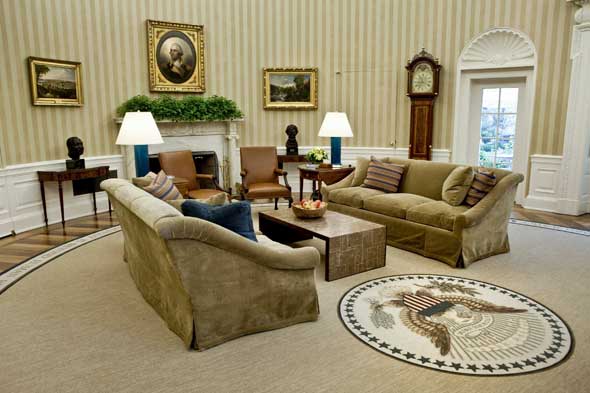As I’ve written, I am saddened and aghast that Christie’s is aiding Detroit creditors who want the collection of the Detroit Institute of Art to be sold to pay them by assessing the collection’s value for some unnamed creditor. I wrote:
If I were a collector wanting to sell, I would not patronize Christie’s because of this.
Yesterday, I received my first email with a collector who came to the same conclusion. He sent me a copy of a letter he just sent to Christie’s and is allowing me to republish here without his name and with a few edits, indicated by CAPs:
As you know, in the past year, Christies auctioned for me three lots, TWO CONTEMPORARY WORKS and ONE ITEM OF EUROPEAN DECORATIVE ART. They were three items from the list that NAME OMITTED evaluated in her letter to me of June 12 of last year. I am about to begin the procedure of selling at auction eleven more items from that list, for sale presumably in the fall of 2014.
I regret to inform you that I will no longer do business with Christies. My reason is that I have learned about Christies’ predatory behavior toward The Detroit Institute of Art. I was dismayed to hear of their positively rapacious attitude, displaying mouth-watering glee at the possible prospect of their treasures being torn from that museum, to pay off debts that it did nothing to incur.
I hope you will convey my attitude and decision to those in the upper echelons of your company.
Meanwhile, permit me to say that I have nothing but the warmest feelings for you, personally. It has been a great pleasure working with you and doing business with you. I always felt you used great care and attention in working on my behalf, and I commend you to your employers.
Now, no one is under an illusion that Christie’s would pass up what will no doubt be a very large commission if it does auction the DIA’s art in favor of keeping individual collectors happy. But that doesn’t mean individuals shouldn’t voice their objections. I’m glad this man did, and I’m happy he let me share it with you.
For all we know, others may have written to Christie’s withdrawing business as well.



